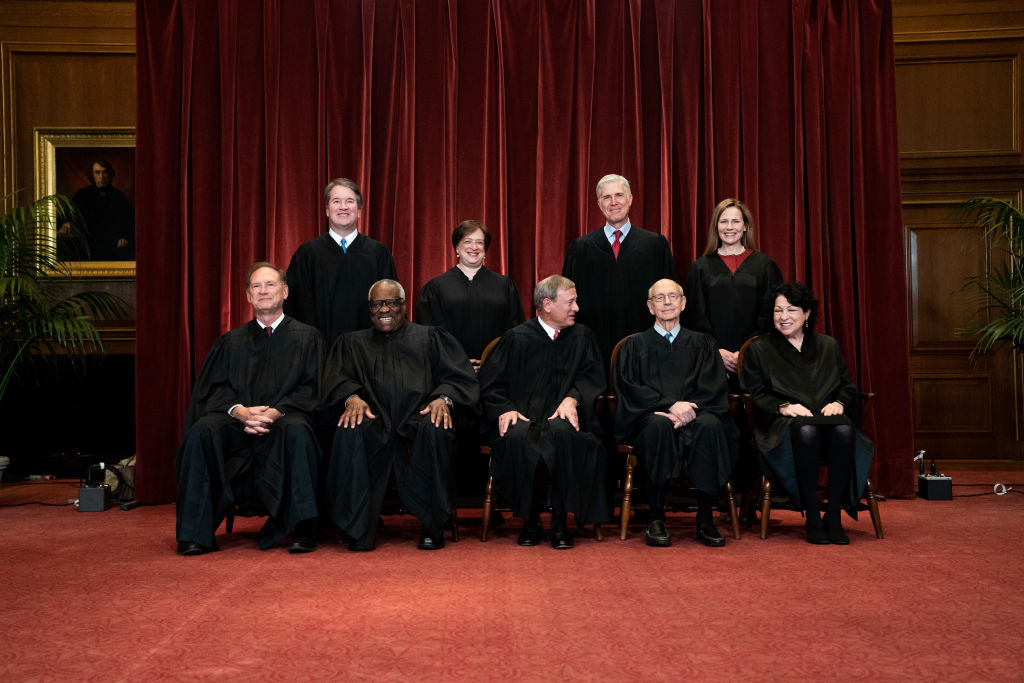How Much Money Do Supreme Court Justices Make?
Exploring the Earnings of Judicial Appointees
Becoming a justice on the Supreme Court, whether it’s the U.S. Supreme Court or a state’s highest court, is a significant achievement in the legal world. These justices hold immense responsibilities, weighing in on constitutional issues and making decisions that impact the lives of all citizens. The process of appointment varies, with U.S. Supreme Court justices being appointed by the president and state Supreme Court justices either chosen by governors or elected through popular vote. One key aspect that often raises curiosity is the financial compensation these esteemed individuals receive for their service. In this article, we’ll delve into the average salaries, variations based on location, benefits, necessary qualifications, and the unique perks of holding such a prestigious position.
Average Salaries of Supreme Court Justices
When it comes to the U.S. Supreme Court, the Chief Justice and associate justices earn substantial salaries. According to the Administrative Office of the U.S. Courts, the Chief Justice receives an annual salary of $267,000, while associate justices receive an average of $255,300. These figures are significantly higher than the median annual salary of $109,940 earned by all judges, as reported by the United States Department of Labor. This median represents the point where half the judges earn less and half earn more.
State Supreme Court Salaries: Location Matters
Salaries for state Supreme Court justices exhibit considerable variation, largely dependent on the state in which they serve. California leads the pack with judges earning $244,179 annually, boasting the highest state-court pay across the nation. Justices in Illinois receive $229,345, while those in Hawaii make $223,200. The District of Columbia offers $220,600, and New York follows closely with $215,700. At the opposite end of the spectrum, justices of the New Mexico Supreme Court earn the least at $131,174 annually. Maine is ranked 50th with pay at $134,056, and South Dakota’s Supreme Court justices receive $135,270. States like Kentucky, with $135,504, and West Virginia, with $136,000, round out the bottom five.
Additional Benefits for Justices
Supreme Court justices receive more than just their base salaries; they are entitled to additional benefits that enhance their overall compensation package. Federal high-court justices who accumulate a minimum of 10 years’ experience on federal benches can retire with their full salary if their years of service and age combined total 80 or more. This provision aims to encourage judges with severe physical or mental decline to step down for their well-being. U.S. Supreme Court justices are also eligible for health insurance through the Federal Employees Health Benefits Program. This coverage extends even after retirement and provides access to a network of doctors with no waiting period for care. States, too, offer their own benefits, such as Texas providing longevity pay and Minnesota offering state-employee insurance benefits and pension plans that both the state and judges contribute to. For U.S. Supreme Court justices, the advantage of a lifetime appointment is a remarkable perk.
Qualifications Required for Judicial Appointees
Before being appointed or elected to a high court, justices are required to have a background as practicing lawyers. This typically entails completing four years of undergraduate study followed by three years of law school. Furthermore, over half of states mandate continuing-education classes for justices. Qualities such as critical reasoning, the ability to set aside personal beliefs for the sake of law, and the capability to make impartial decisions based on the rules of law are essential. Justices must process a vast amount of information, exhibit strong listening skills, and write with clarity to ensure both sides of a case understand and accept the rationale behind a decision.
In conclusion, the journey to becoming a justice on a Supreme Court is a prestigious one, marked by significant responsibilities and substantial financial compensation. Whether it’s the U.S. Supreme Court or a state’s highest court, the average salaries and benefits provided reflect the significance of the role. The requirement for justices to possess exceptional legal skills, critical thinking abilities, and the capacity to make impartial judgments underscores the gravity of the position. As legal luminaries who shape the course of law and justice, Supreme Court justices occupy a unique and revered place in the legal landscape.
FAQs
- How are U.S. Supreme Court justices appointed? U.S. Supreme Court justices are appointed by the president of the United States.
- Are state Supreme Court justices elected or appointed? State Supreme Court justices can be either appointed by governors or elected through popular vote, depending on the state.
- What is the average salary of a Chief Justice on the U.S. Supreme Court? The Chief Justice of the U.S. Supreme Court earns an annual salary of $267,000.
- Do all state Supreme Court justices receive the same salary? No, state Supreme Court justice salaries vary significantly based on location, with some states offering higher compensation than others.
- What qualifications are necessary to become a Supreme Court justice? Justices must have a law degree, significant legal experience, critical-reasoning skills, and the ability to make impartial decisions based on law and rules.




